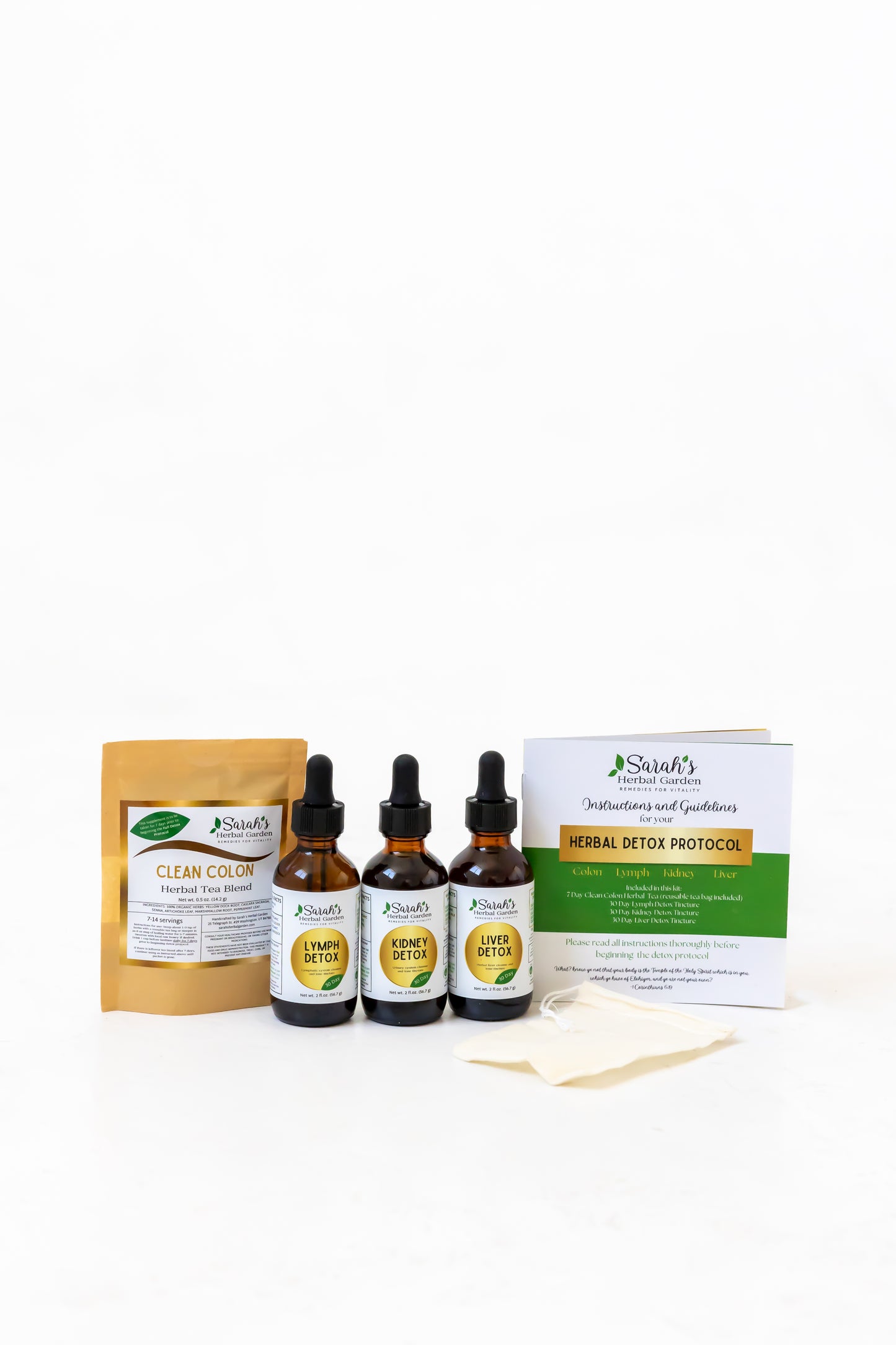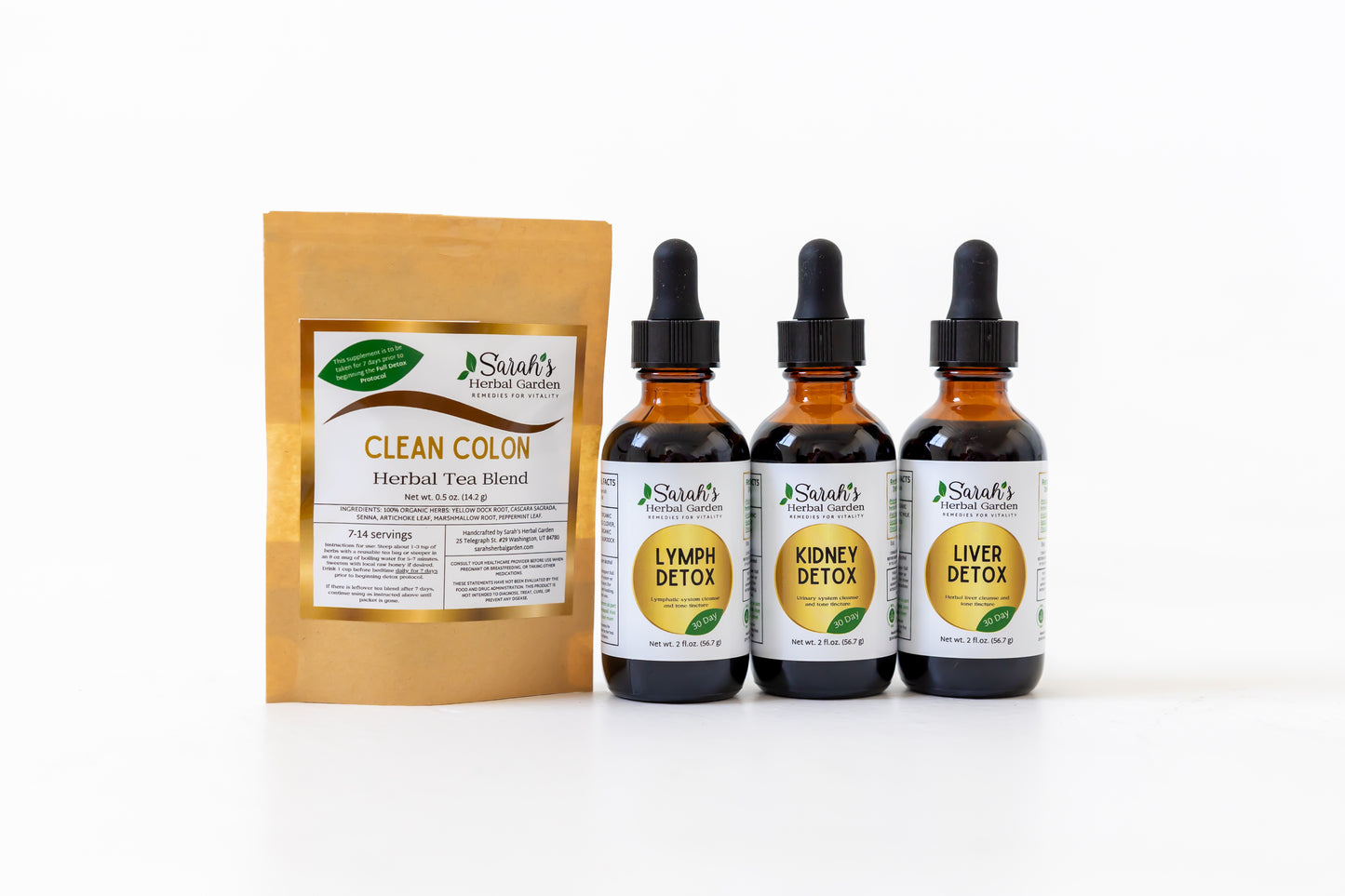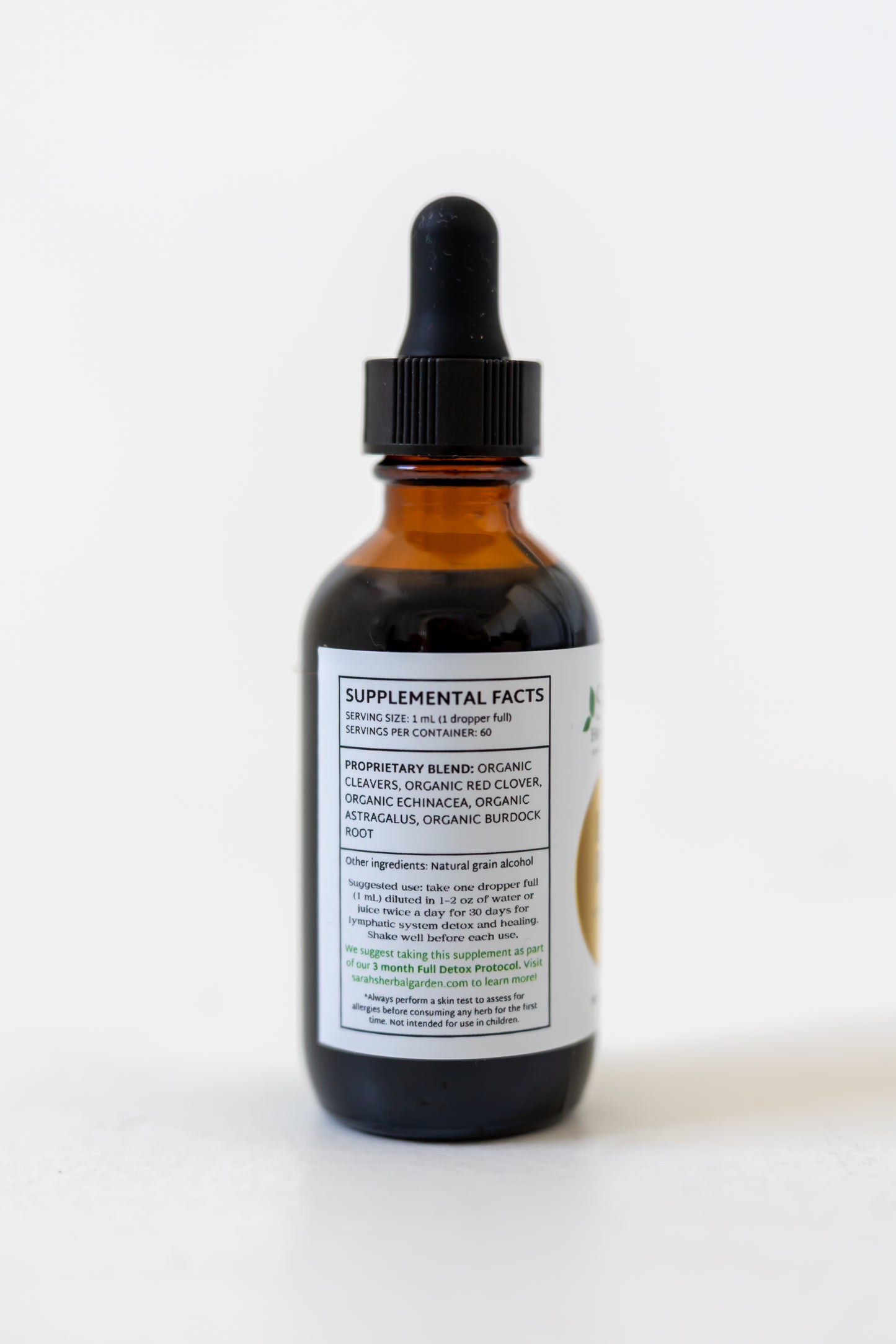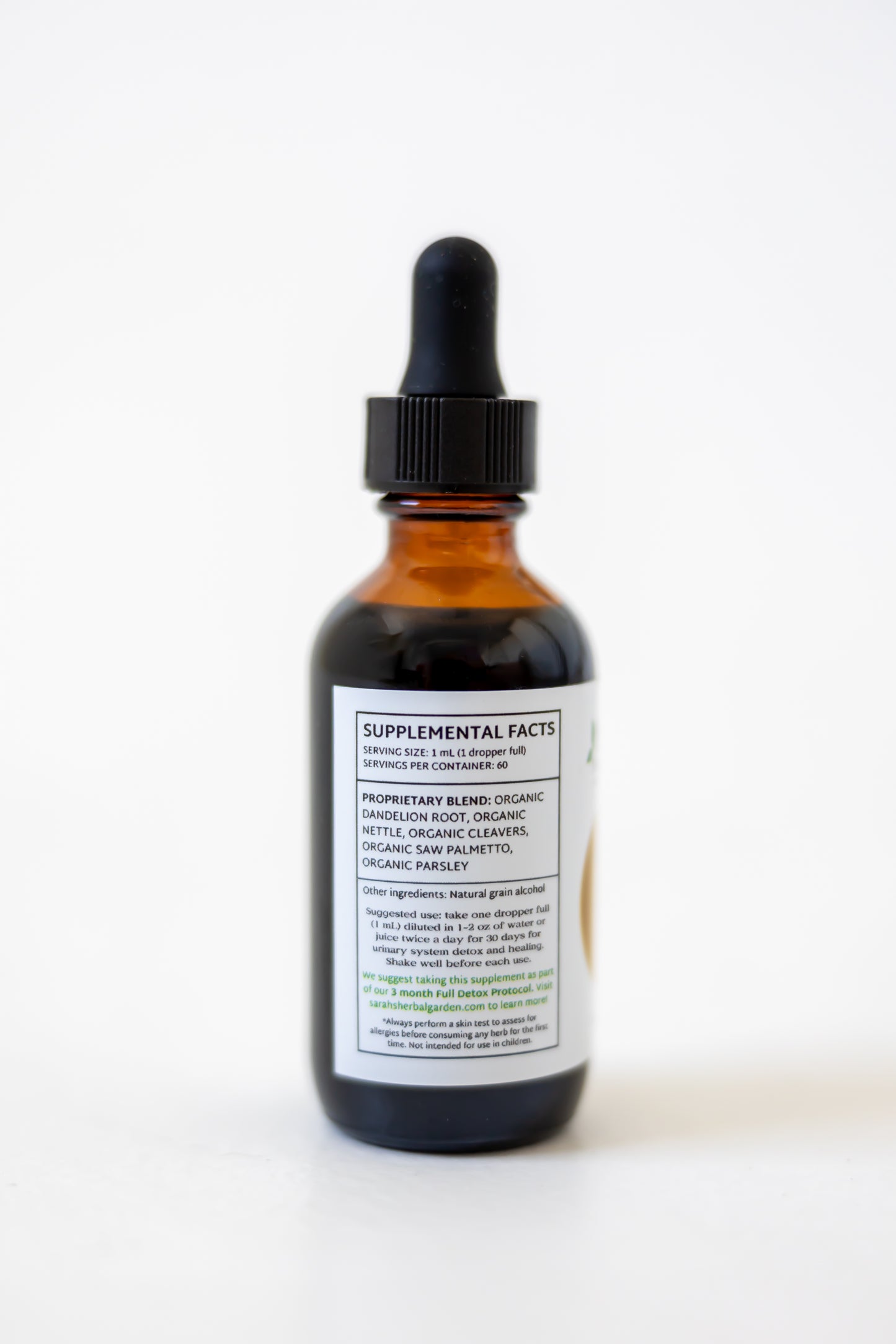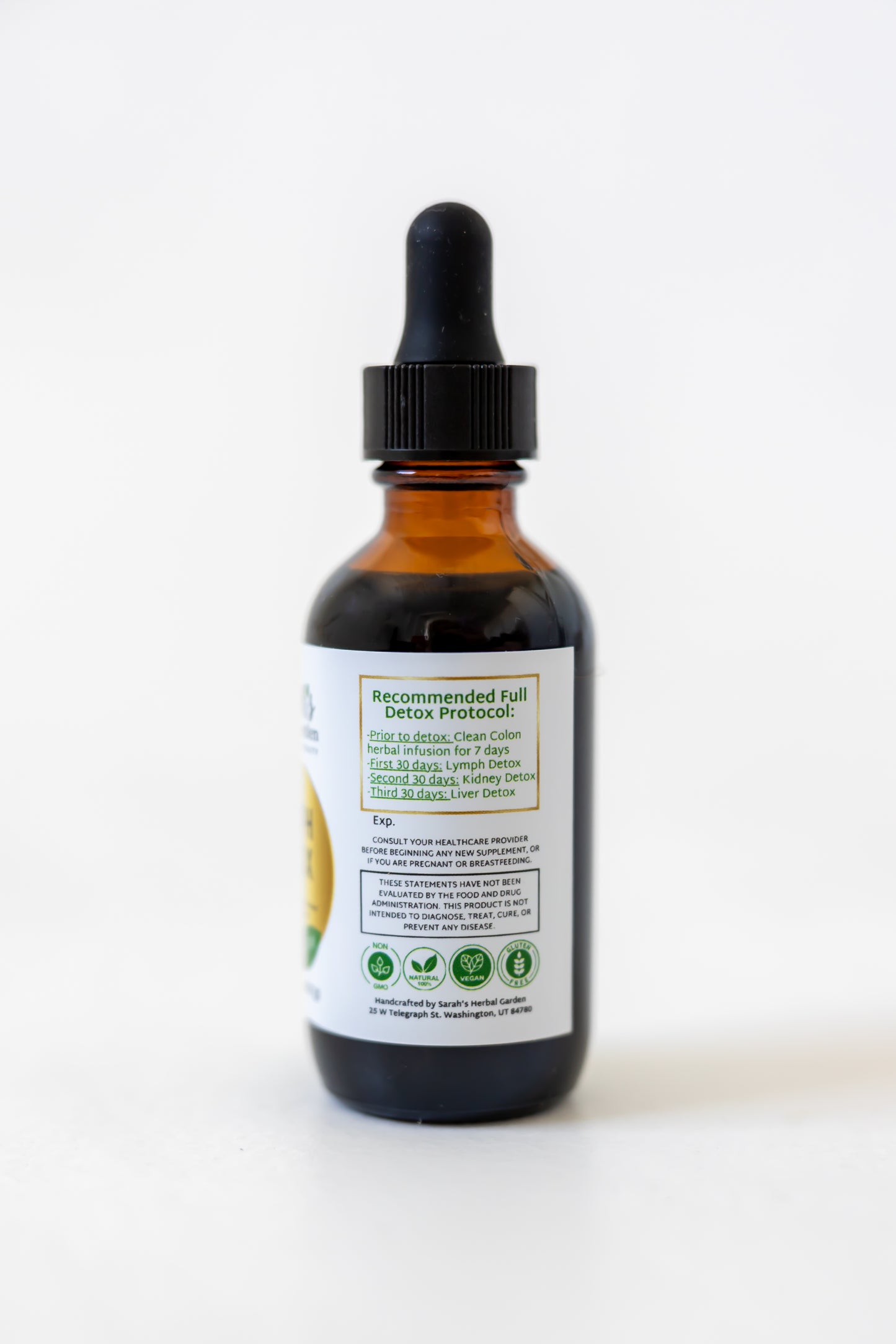
Burdock Root
Scientific Name: Arctium lappa
Herbal Profile of Burdock Root (Arctium lappa)
Common Name: Burdock Root, Gobo (in Japanese cuisine)
Botanical Name: Arctium lappa
Family: Asteraceae (Daisy family)
Description:
Burdock is a biennial plant native to Europe and Asia but has naturalized across North America. It is recognized by its large, heart-shaped leaves and purple thistle-like flowers. The root of the plant is long, brown, and fibrous, and has been used for centuries in both Western and Eastern herbal medicine for its detoxifying, digestive, and skin-supporting properties. The root is typically harvested in its first year of growth when it is tender and rich in medicinal compounds.
Key Constituents:
- Inulin: A prebiotic fiber that supports gut health and digestion.
- Arctiin and Arctigenin: Lignans with antioxidant and anti-inflammatory properties.
- Tannins: Astringent compounds that help tighten tissues and reduce inflammation.
- Volatile oils: Contribute to its antimicrobial effects.
- Polyacetylenes: Known for their antibacterial and antifungal activities.
Medicinal Uses:
- Detoxification and Blood Purifier:
- Digestive Health:
- Skin Health:
- Anti-inflammatory and Antioxidant:
- Liver and Kidney Support:
- Immune System Support:
- Cancer Prevention and Treatment:
Forms of Use:
- Tea or Decoction: Burdock root is commonly brewed into a tea or decoction for detoxification, digestive support, and skin health. The root is simmered for a prolonged period to extract its medicinal properties.
- Tincture: Alcohol-based tinctures are used for more concentrated medicinal effects, particularly for supporting liver and kidney function.
- Capsules and Powders: Standardized doses of burdock root in capsule or powder form are available for those who prefer supplements.
- Topical Applications: Burdock root can be used in poultices, creams, or oils to treat skin conditions like eczema, acne, and rashes.
- Culinary Use: In Japanese cuisine, burdock root (known as "gobo") is used in dishes such as stir-fries, soups, and pickles. It is highly nutritious, containing fiber, vitamins, and minerals.
Precautions:
- Pregnancy and Breastfeeding: While burdock root is generally considered safe in moderate amounts, it should be used with caution during pregnancy and breastfeeding due to its potential to stimulate the uterus.
- Allergic Reactions: Individuals allergic to plants in the Asteraceae family (such as ragweed, daisies, or marigolds) may be allergic to burdock. Allergic reactions may include skin rash or difficulty breathing.
- Diuretics and Hypoglycemia: Burdock has diuretic properties and may enhance the effects of diuretic medications. It can also lower blood sugar levels, so individuals with diabetes or hypoglycemia should monitor their blood sugar closely while using burdock.
Growing and Harvesting:
- Climate: Burdock prefers moist, well-drained soil and can grow in full sun or partial shade. It is often found in fields, ditches, and along roadsides.
- Planting: The plant is propagated from seeds and grows a deep taproot, which can extend several feet into the soil. It is harvested after its first year of growth when the root is most tender and medicinally active.
- Harvesting: The root is harvested in late summer or fall before the plant flowers in its second year. It is washed, dried, and then prepared for use in teas, tinctures, or other forms.
Traditional and Historical Uses:
- Traditional Chinese Medicine (TCM): In TCM, burdock root (called "Niúbàng") is used to clear heat, relieve toxicity, and promote urination. It is often used in combination with other herbs to treat sore throats, infections, and skin issues.
- European Herbal Medicine: Burdock has been used in European folk medicine for centuries as a blood purifier and remedy for skin problems, gout, and kidney disease.
- Essiac Tea: Burdock root is one of the key ingredients in the famous herbal formula known as Essiac tea, a traditional remedy used to support cancer patients.
Burdock root is a versatile herb known for its detoxifying, digestive, and skin-healing properties. Its ability to support liver and kidney function makes it a popular herb for cleansing the body and promoting overall health. When used appropriately, burdock root is a gentle yet powerful ally in herbal medicine.
Sarah's Herbal Garden
Liver Detox Tincture
Share

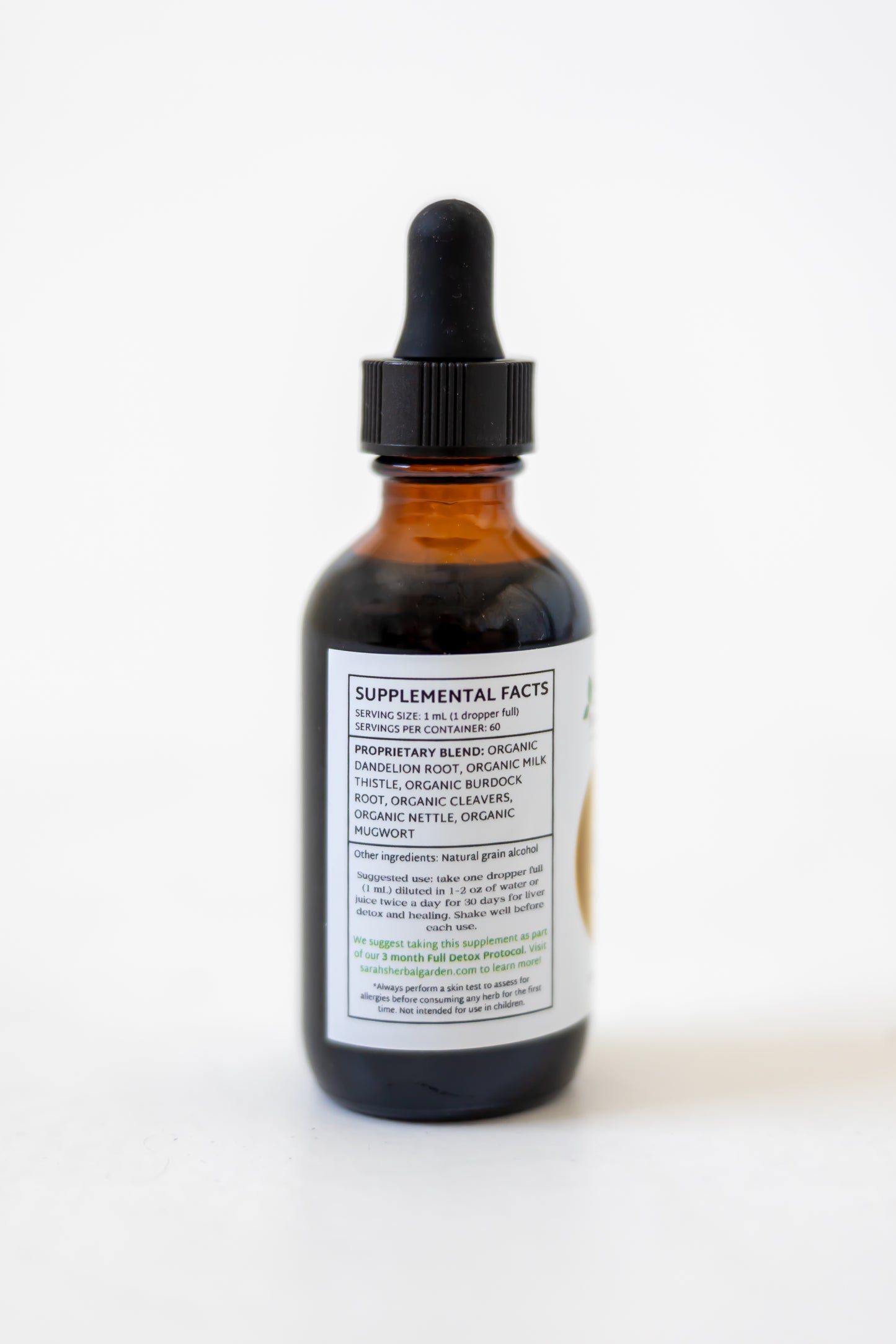

Sarah's Herbal Garden
Lymph Detox Tincture
Share

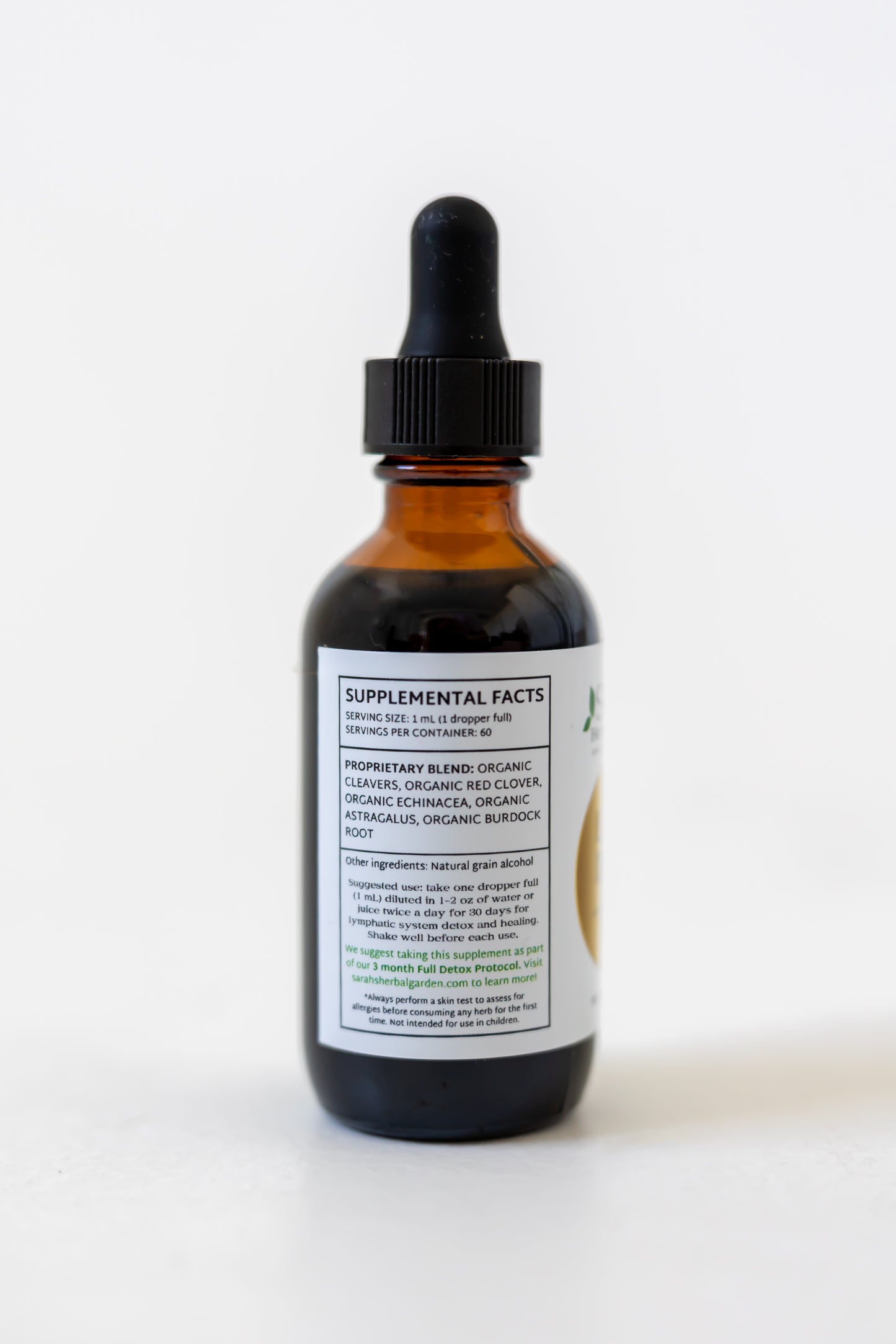

Sarah's Herbal Garden
Colon, Lymph, Kidney, and Liver Detox
Share
